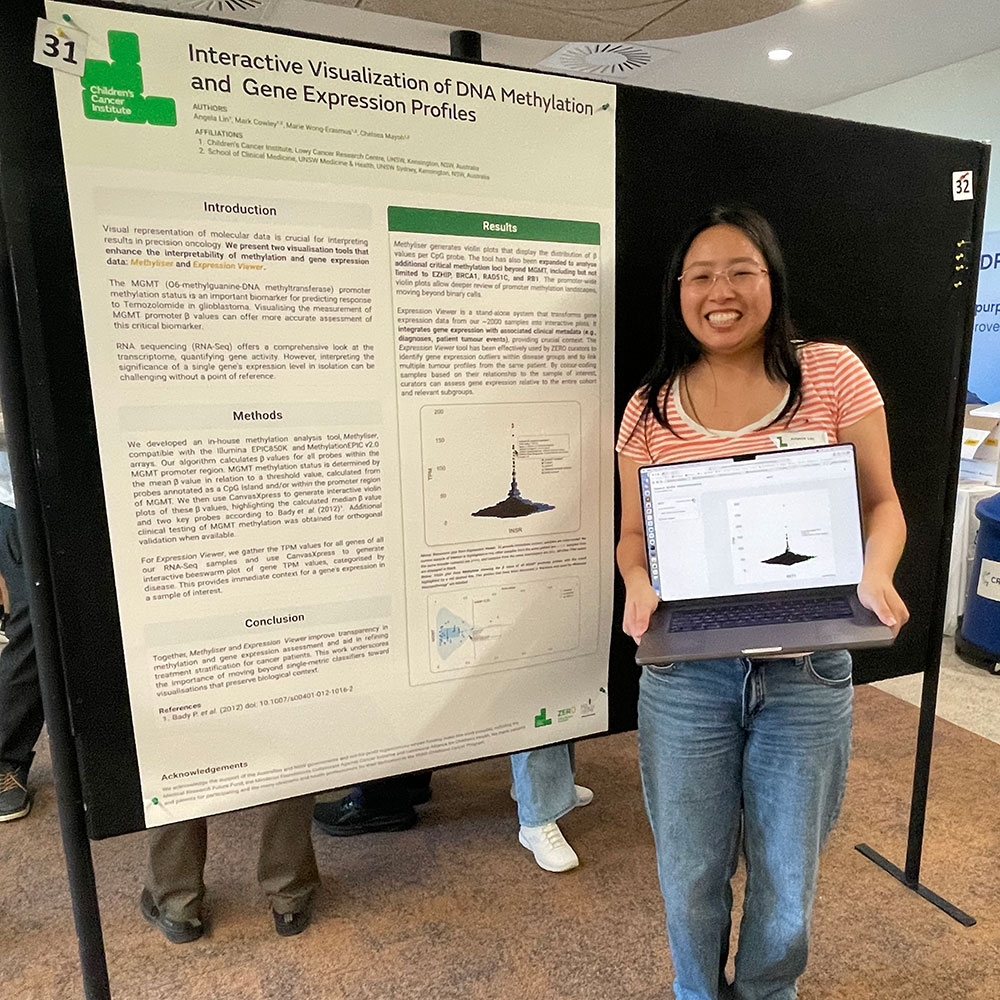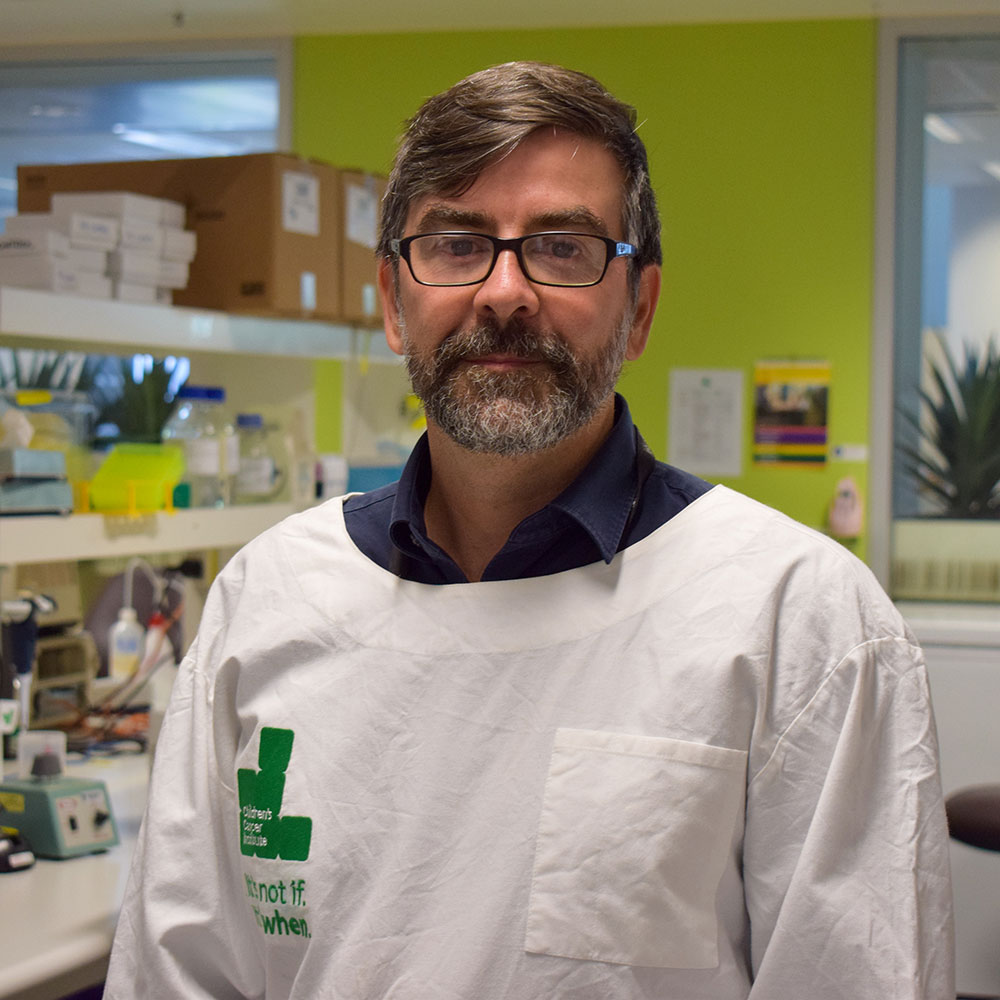The findings, recently published in the British Journal of Cancer, were discovered by Professor Maria Kavallaris and her team, through scientific research funded by The Kids Cancer Project.
The aggressive nature of neuroblastoma
Neuroblastoma is the most common solid tumour found in young children and is renowned for its aggressive nature – its ability to quickly grow and spread (metastasise) throughout the body. Sadly, children with neuroblastoma that has metastasised have a less than 50% chance of survival. There is an urgent need to better understand metastasis, so we might learn how to improve the treatment of metastatic neuroblastoma.
Understanding metastasis
Cancer spreads when cells become detached from the original tumour (the primary tumour), move to the surrounding tissue (migration), then get into the blood or lymphatic vessels where they can end up in different parts of the body (invasion). Metastasis is a complex process that involves many different steps and molecules in the body. In the study just published, Professor Kavallaris and her team have shown that a protein called stathmin may be a very important player in this process.
The role of stathmin
Stathmin is known to be overexpressed in neuroblastoma cells; that is, it occurs at higher levels in neuroblastoma cells than healthy cells. In earlier research, the team found that stathmin appears to help control the migration and invasion of neuroblastoma cells. In the new study, they tried to work out exactly how it does this, and how the process might be exploited to provide a therapeutic advantage. After all, if we can understand the factors that control metastasis, we may be able to inhibit these factors.
How stathmin does its work… and the significance
When they investigated stathmin’s role in metastasis, the team found that it has a direct effect on a number of genes and other molecules called ‘micro RNAs’ (miRNAs) that are directly involved in the migration and invasion of neuroblastoma cells. In particular, stathmin appears to affect a protein called PTPN14, which has recently been identified as a tumour-suppressor.
“Our results showed that stathmin can regulate PTPN14 expression, which in turn affects neuroblastoma cell migration and invasion,” explains Professor Kavallaris.
“This study has highlighted that both stathmin and PTPN14 appear to be important factors in metastasis of neuroblastoma. This raises the exciting possibility that targeting one or both of these molecules could be a potential new treatment strategy against this devastating disease.”
“A substantial part of the initial project was supported by funding from The Kids’ Cancer Project, which was invaluable in allowing this work to progress,” said Professor Kavallaris.
British Journal of Cancer https://doi.org/10.1038/s41416-019-0669-1















